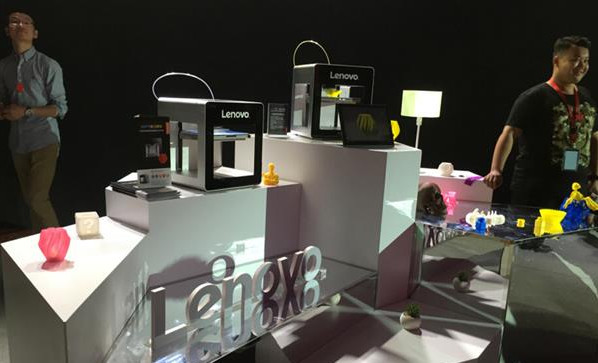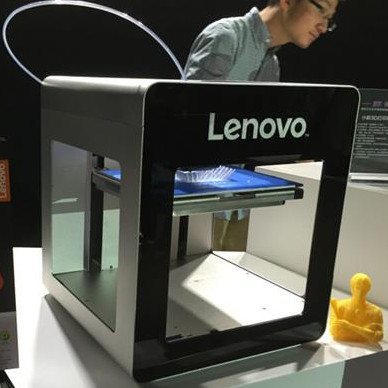About a year ago, the consumer electronics giant Lenovo announced its intention to become the first major Chinese brand in the market of 3D-printing. After eleven months the company has fulfilled a promise by presenting its first development, 3D-printer XiaoXin L20, at a presentation in Beijing.
And the question is: what drives Lenovo in the market of consumer 3D-printing, not comparable in volume with their current market segments of laptops, smartphones and tablets?
Director of the 3D-printing department Mu Zhen, 3D-printing has become a big business in China, the world’s third in volume, and will continue to grow. At present, China accounts for 13% of global revenues and 8% of sales.
In addition, the domestic market is growing rapidly. Marketers are predicting a steady 100% annual growth over the next few years, given support to the industry by the Chinese government. According to Mu Zhen, additive manufacturing market can be one of the fastest growing sectors of the Chinese economy.
Lenovo will become the first major brand in the 3D-printing market, but is unlikely to last, and their firstborn looks like a serious bid.
Last year, the company demonstrated 3D-printers da Vinci from their partner XYZPrinting then rebranded some of their models. Obviously, the experience proved successful and now Lenovo has decided to build on the experience, creating successful personal of 3D-printers and attach it to its own brand, called XiaoXin L20.
The desktop 3D-printer looks quite attractive novelty. Slick finish in Apple style, with a black front and silver side panels hiding a durable aluminum chassis, with a print bed 200x180x160mm.
Exact specifications, release date on the market and the cost is not disclosed, but Lenovo announced plans to make the printing process user-friendly. While many of the existing of 3D-printers require manual alignment and calibration platform, XiaoXin L20 will perform these functions automatically. Rumor has it that in order to achieve optimal results, the system will even adjust settings directly during printing.
In addition, the L20 will integrate an “effective temperature control system“, although it is still unclear.
The range of consumables will be broad: polylactide, elastomers, wood composites and other popular options. The Company intends to make the machine compatible with the vaste majority of them. In addition, the user will receive e-mail notifications during operation, the progress and the state of the operating cycle and other useful aspects. Lenovo has confirmed they will also offer a cloudbased service for 3D-printable files.
Apparently, the Lenovo intends to not just get an additional source of income, but also to fight for the leading position in the fast-growing local market, and possibly internationally. It will be interesting to followup.





